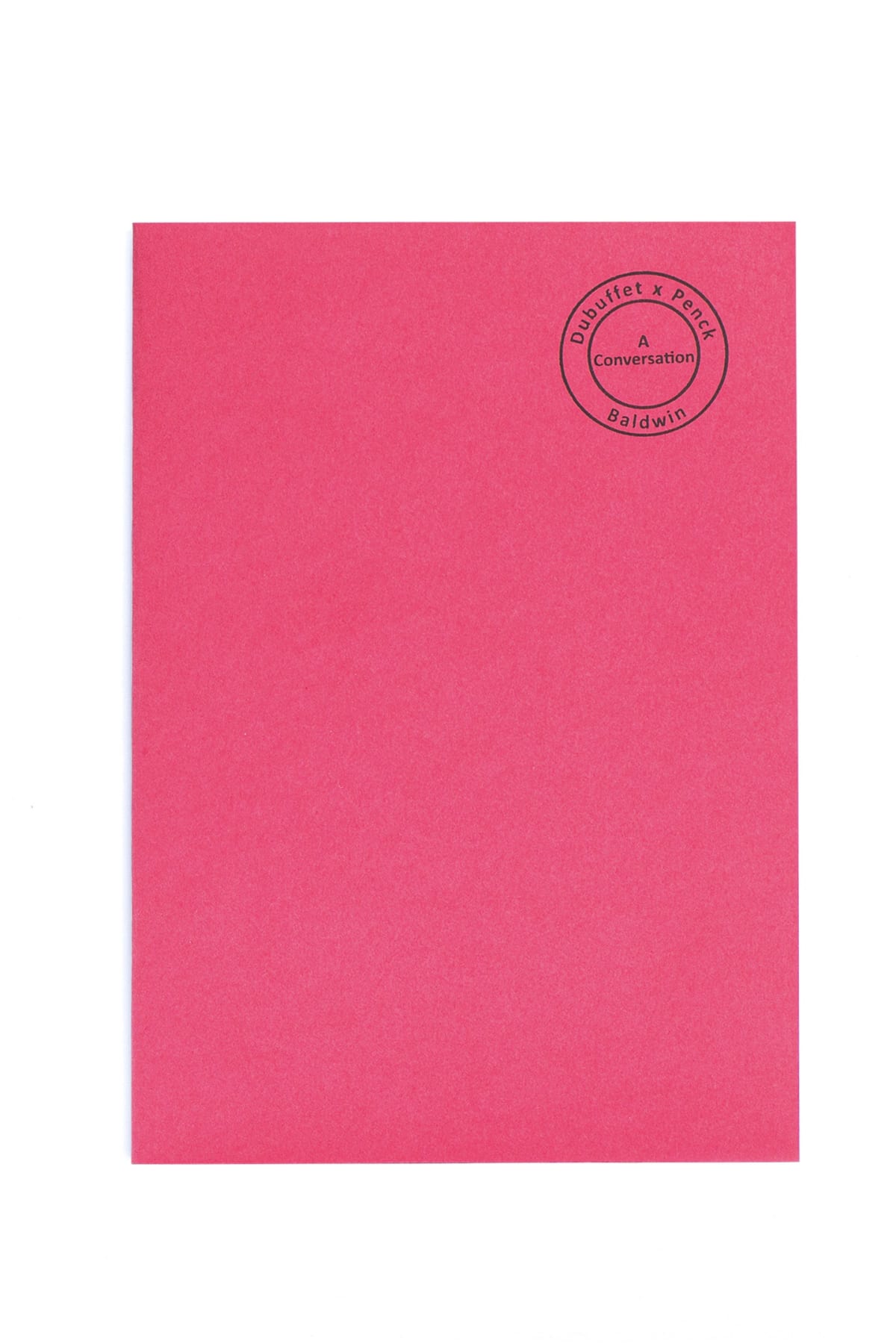Dubuffet x Penck
-
-
Press Release
London, 11th July, 2024 - Baldwin is pleased to present a selection of paintings by Jean Dubuffet (1901-1985) and A R Penck (1939-2017). Side by side in an unusual but resonant pairing, presented are works by two of the world’s leading twentieth-century artists; masters of European modernism (and postmodernism), from different generations but with a natural affinity for a mutually uncompromising approach to raw and direct painting.
Both were innovators in the modern tradition: from France, Dubuffet, the pioneer of Art Brut, inspired by ‘outsider’ art from beyond the boundaries of Fine Art academia; and from Germany, Penck, the creator of his own Neo-Expressionist pictographic symbolism, which he called “Standart”, exemplified by the works presented here. The influence of Art Brut on Penck’s project creates a resonance between the work of both artists, in form, technique and attitude.
Paintings by Dubuffet and Penck can be found in countless museum collections all over the world. In these public institutional spaces, both artists are often represented by monumentally scaled works (in the Tate Modern, Dubuffet’s Vicissitudes is well over three metres wide, and Penck’s East and West paintings measure four-metres each). By contrast, the paintings brought together in Dubuffet x Penck are on a more contained scale, though the artists’ respective styles and touch are unmistakeably the same. This “easel-painting” scale, around the 1-metre mark, allows the urgency and vitality of their painterly projects to be brought into conversation with similarly sized works by other artists, in more intimate spaces than the public halls where Dubuffet and Penck’s largest paintings hang.
All the work in Dubuffet x Penck was made deep into the artists’ working lives, at a point where their mature visual languages had been developed to the full. To an eye schooled in twentieth century art, these paintings are instantly recognisable as the work of their respective creators. Even glanced from the other end of a room, the unique characteristics of these painters’ mature styles are as familiar as the opening bars of a classic hit record – an apt comparison, given that both artists were also involved in musical projects during the years covered by this exhibition.
Dubuffet and Penck shared an open-minded approach to painting materials: in his early work, Dubuffet mixed oil paint with sand, cement, pebbles, glass and gravel; similarly, Penck has painted on everything from cardboard and cotton to a BMW Z1 convertible. For the paintings displayed here, both artists employ the more conventional medium of paint on canvas and paper. In these examples, the paint is acrylic – a new medium in the twentieth century, allowing for high pigmentation and rapid drying time. This fast-drying convenience was naturally attractive to two such artists, with their focus on fast, unfussy painting in the service of spontaneous invention and energetic gestural application.
Speed was essential to Penck’s project, called for by his desire to lay down painted forms without delay, like writing at the speed of thought. This idea is expressed well by the title of a Penck exhibition presented in 2019 at Oxford’s Ashmolean museum: I Think in Pictures. Here again, Penck’s concerns chime with Dubuffet’s, in his desire to make a direct connection between thought and expression via painting. In Dubuffet’s words: “Art is a language, an instrument of knowledge, an instrument of communication.”
-
Publications

